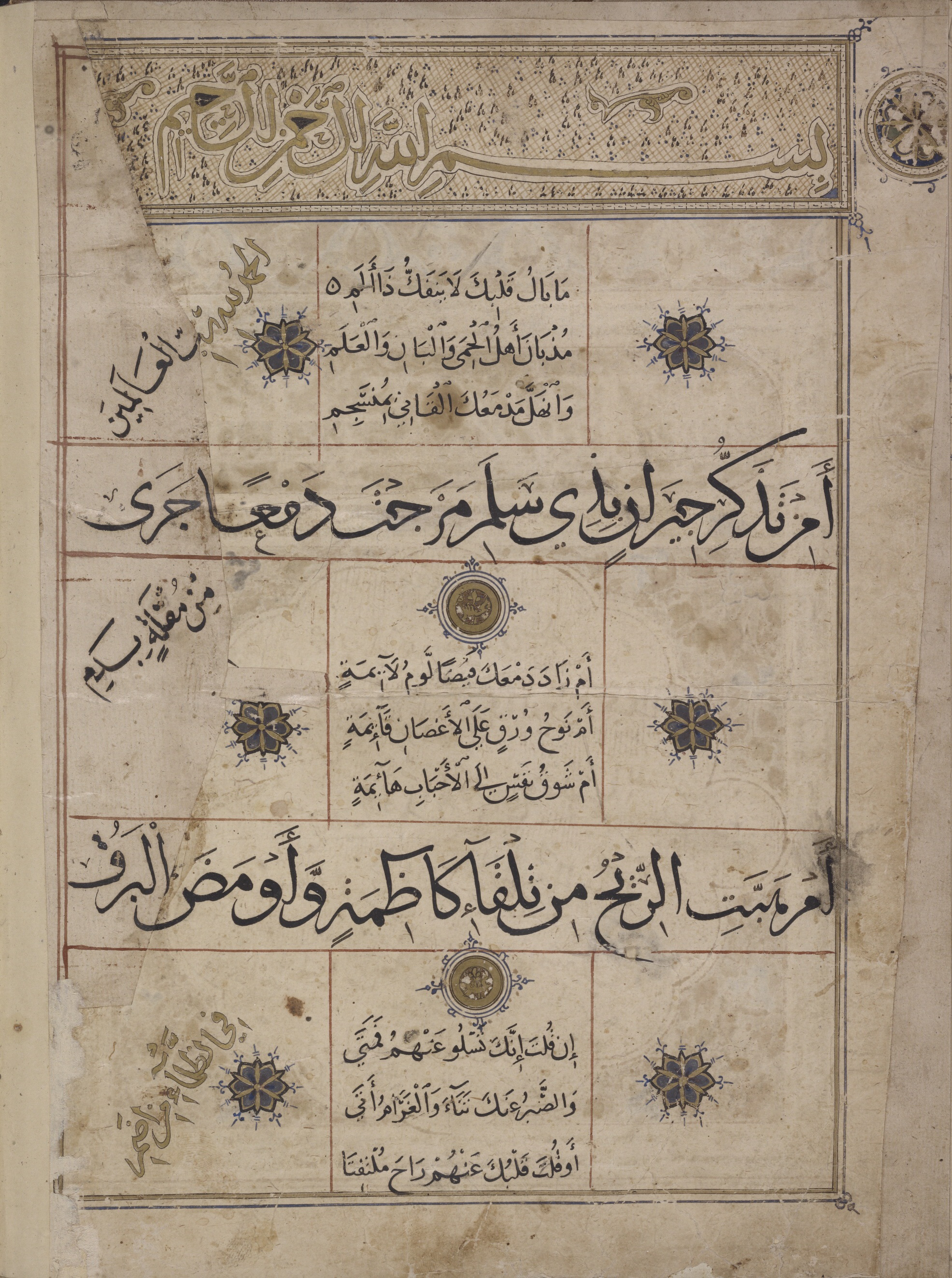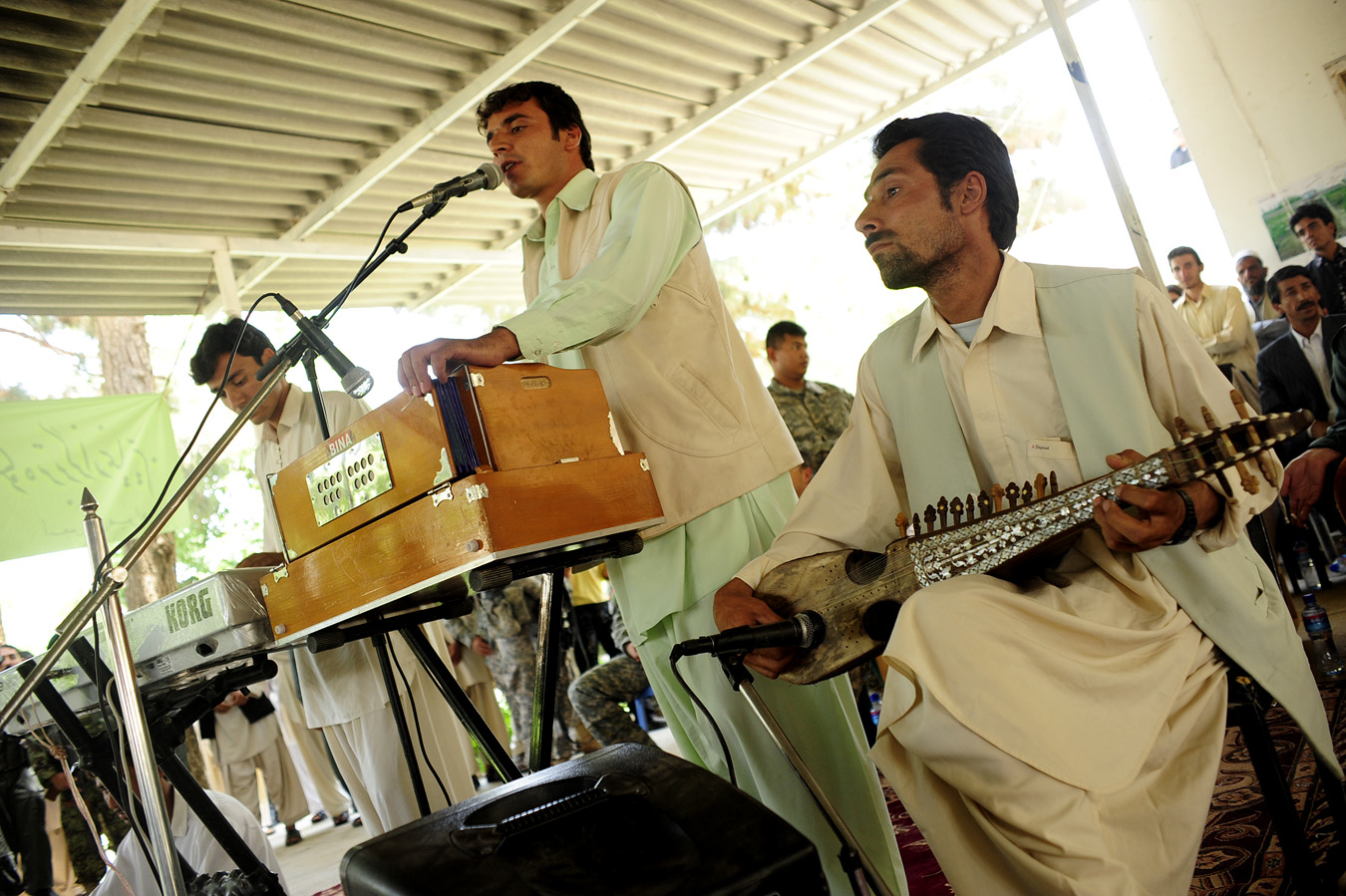|
Falak Music
Falak (literally "heaven," "fate," "universe") is a style of music native to the Pamir Mountains of Central Asia, particularly the Badakhshan region of northeastern Afghanistan, southeastern Tajikistan, and northern Pakistan. Falak lyrics can involve religious-mystical themes of divine love, separation and reunion (often drawn from Persian Sufi poetry), or secular and melancholy lyrics of human love and suffering. Music theory Falak music is generally in a descending scale, with a limited range often limited to a hexachord (six notes). Instrumentation Falak may be sung a cappella, accompanied by instruments, or instrumental. Falak instruments include the ghijak (spike fiddle), nay (Persian flute), and dombura The ''dombra'', also known as ''dombyra'' ( kz, домбыра, uz, dombira, ba, думбыра) is a long-necked Kazakh, Uzbek and Bashkir lute and a musical string instrument. The dombyra shares certain characteristics with the komuz ... (long-necked lute), as ... [...More Info...] [...Related Items...] OR: [Wikipedia] [Google] [Baidu] |
Pamir Mountains
The Pamir Mountains are a mountain range between Central Asia and Pakistan. It is located at a junction with other notable mountains, namely the Tian Shan, Karakoram, Kunlun, Hindu Kush and the Himalaya mountain ranges. They are among the world's highest mountains. Much of the Pamir Mountains lie in the Gorno-Badakhshan Province of Tajikistan. To the south, they border the Hindu Kush mountains along Afghanistan's Wakhan Corridor in Badakhshan Province, Chitral District, Chitral and Gilgit-Baltistan regions of Pakistan. To the north, they join the Tian Shan mountains along the Alay Valley of Kyrgyzstan. To the east, they extend to the range that includes China's Kongur Tagh, in the "Eastern Pamirs", separated by the Yarkand River, Yarkand valley from the Kunlun Mountains. Name and etymology Since Victorian times, they have been known as the "Roof of the World", presumably a translation from Persian language, Persian. Names In other languages they are called: ps, , ; k ... [...More Info...] [...Related Items...] OR: [Wikipedia] [Google] [Baidu] |
Badakhshan
Badakhshan is a historical region comprising parts of modern-day north-eastern Afghanistan, eastern Tajikistan, and Taxkorgan Tajik Autonomous County in China. Badakhshan Province is one of the 34 provinces of Afghanistan. Much of historic Badakhshan lies within Tajikistan's Gorno-Badakhshan Autonomous Region, in the southeastern part of the country. The music of Badakhshan is an important part of the region's cultural heritage. Name The name "Badakhshan" ( fa, بدخشان, ''Badaxšân''; ps, بدخشان; tg, Бадахшон, ''Badaxşon''; ) is derived from the Sasanian official title ''bēdaxš'' or ''badaxš'', which may be from an earlier *pati-axša; the suffix -''ān'' indicates that the country belonged, or had been assigned as a fief, to a person holding the rank of a '' badaxš''. People Badakhshan has a diverse ethnolinguistic and religious community. Tajiks and Pamiris are the majority while a tiny minority of Kyrgyzs and Uzbeks also are found in their ... [...More Info...] [...Related Items...] OR: [Wikipedia] [Google] [Baidu] |
Sufi Poetry
Sufi literature consists of works in various languages that express and advocate the ideas of Sufism. Sufism had an important influence on medieval literature, especially poetry, that was written in Arabic, Persian, Turkic and Urdu. Sufi doctrines and organizations provided more freedom to literature than did the court poetry of the period. The Sufis borrowed elements of folklore in their literature. The works of Nizami, Nava'i, Hafez, Sam'ani and Jami were more or less related to Sufism. The verse of such Sufi poets as Sanai (died c. 1140), Attar (born c. 1119), and Rumi (died 1273) protested against oppression with an emphasis on divine justice and criticized evil rulers, religious fanaticism and the greed and hypocrisy of the orthodox Muslim clergy. The poetic forms used by these writers were similar to the folk song, parable and fairy tale. Background Sufi literature written in Persian flourished from the 12th to 15th centuries. Later major poets linked with the Sufi tra ... [...More Info...] [...Related Items...] OR: [Wikipedia] [Google] [Baidu] |
Hexachord
In music, a hexachord (also hexachordon) is a six-note series, as exhibited in a scale (hexatonic or hexad) or tone row. The term was adopted in this sense during the Middle Ages and adapted in the 20th century in Milton Babbitt's serial theory. The word is taken from the gr, ἑξάχορδος, compounded from ἕξ (''hex'', six) and χορδή (''chordē'', string f the lyre whence "note"), and was also the term used in music theory up to the 18th century for the interval of a sixth ("hexachord major" being the major sixth and "hexachord minor" the minor sixth). Middle Ages The hexachord as a mnemonic device was first described by Guido of Arezzo, in his ''Epistola de ignoto cantu''. In each hexachord, all adjacent pitches are a whole tone apart, except for the middle two, which are separated by a semitone. These six pitches are named ''ut'', ''re'', ''mi'', ''fa'', ''sol'', and ''la'', with the semitone between ''mi'' and ''fa''. These six names are derived from the fir ... [...More Info...] [...Related Items...] OR: [Wikipedia] [Google] [Baidu] |
Ghijak
The ''ghijak'' (also spelled ''ghidjak'', ''ghichak'', ''gidzhak'', ''gijak'', ''g'ijjak,'', or ''ghijek'' ( ug, غىجەك, ғиҗәк, ghijek, or occasionally ug, غىرجەك, ғирҗәк, ghirjek; Chinese: 艾捷克 ''aijieke'' or 吉孜哈克 ''jizihake''; russian: Гиджак), is a group of related spike fiddles, used by Afghans, Uzbeks, Uyghurs, Tajiks, Turkmens, Qaraqalpaks and in the Xinjiang province of western China. Despite the similarity of the name, it is more closely related to the Persian kamancheh than the ghaychak. History The instrument name appears in 10th-century manuscripts, which indicate that the bridge (''harrak'') was made of almond shells. The ghidjak as depicted in 15th-century Persian miniatures resembles the modern instrument in its construction. Xinjiang The ghijek as it is used in Xinjiang has four strings, either with a bowl soundbox (similar to the ''kamancheh''), or with a box soundbox often made from a tin can. One of Xinjiang's most ... [...More Info...] [...Related Items...] OR: [Wikipedia] [Google] [Baidu] |
Dombura
The ''dombra'', also known as ''dombyra'' ( kz, домбыра, uz, dombira, ba, думбыра) is a long-necked Kazakh, Uzbek and Bashkir lute and a musical string instrument. The dombyra shares certain characteristics with the komuz and dutar, such as its long, thin neck and oblong body shape. It is a popular instrument mostly among Turkic communities in Central Asian countries such as Kazakhstan, Uzbekistan, Tajikistan, Turkmenistan and Afghanistan. Varieties The instrument differs slightly in different regions. The Kazakh dombyra has frets and is played by strumming with the hand or plucking each string individually, with an occasional tap on the main surface of the instrument. While the strings are traditionally made of sinew, modern dombras are usually produced using nylon strings. One of the greatest dombra players was the Kazakh folk musician and composer Kurmangazy Sagyrbayuly, who had a major influence on the development of Kazakh musical culture, including mu ... [...More Info...] [...Related Items...] OR: [Wikipedia] [Google] [Baidu] |
Central Asian Music
The music of Central Asia is as vast and unique as the many cultures and peoples who inhabit the region. Principal instrument types are two- or three-stringed lutes, the necks either fretted or fretless; fiddles made of horsehair; flutes, mostly open at both ends and either end-blown or side-blown; and jew harps, mostly metal. Percussion instruments include frame drums, tambourines, and kettledrums. Instrumental polyphony is achieved primarily by lutes and fiddles. The origin of the bowed string Use of the bowed string is thought to originate with nomads who mainly used the snake-skin, covered horsetail-bowed lute. In Mongolia instruments like the morin khuur or horse-head fiddle survive today. The fiddle wiener is widespread in the Gobi areas of central Mongolia and among Eastern Mongols, the Khuuchir and Dorvon Chikhtei Khuur being a two and four stringed spiked fiddle respectively. The resonator can be cylindrical or polygonal and made of either wood or metal. The face is co ... [...More Info...] [...Related Items...] OR: [Wikipedia] [Google] [Baidu] |
Afghan Music
The music of Afghanistan comprises many varieties of classical music, folk music, and modern popular music. Afghanistan has a rich musical heritage and features a mix of Persian melodies, Indian compositional principles, and sounds from ethnic groups such as the Pashtuns, Tajiks and Hazaras. Instruments used range from Indian tablas to long-necked lutes. Afghanistan's classical music is closely related to Hindustani classical music while sourcing much of its lyrics directly from classical Persian poetry such as Mawlana Balkhi (Rumi) and the Iranian tradition indigenous to central Asia. Lyrics throughout most of Afghanistan are typically in Dari (Persian) and Pashto. The multi-ethnic city of Kabul has long been the regional cultural capital, but outsiders have tended to focus on the city of Herat, which is home to traditions more closely related to Iranian music than in the rest of the country.Doubleday, pg. 4 History Folk and traditional music Religious music The Afghan ... [...More Info...] [...Related Items...] OR: [Wikipedia] [Google] [Baidu] |
Tajik Music
Tajik music is closely related to other Central Asian forms of music. The classical music is shashmaqam, which is also distinctive in Uzbekistan. Southern Tajikistan has a distinctive form of folk music called falak, which is played at celebrations for weddings, circumcisions and other occasions. Tajik folk music Tajik folk music is traditionally divided into three styles, Pamir ( Mountain-Badakhshan province), Central Kuhistoni ( Hisor, Kulob, Gharm provinces) and Sogdiana's northern style; the latter is part of the same musical culture as the adjacent regions of Uzbekistan ( Kashkadarya Province and Surkhandarya Province). There are many kinds of songs, both lyrical and instrument, including work songs, ceremonial, funeral, wedding and musical epics, especially the central Tajik heroic legend '' Gurugli'' also known as "Omar Sham Sham". Gharibi ''Gharibi'' is ''the song of a stranger'', an early 20th-century innovation of poor farm laborers and other workers who had to ... [...More Info...] [...Related Items...] OR: [Wikipedia] [Google] [Baidu] |



